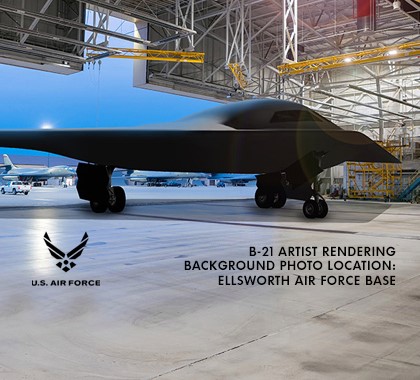The Air Force plans to procure both a new long-range bomber, known as the B-21, and a new long-range standoff (LRSO) cruise missile during the 2020s. DOE is also modifying and extending the life of the B61 bomb carried on B-2 bombers and fighter aircraft and the W80 warhead for cruise missiles. Are these additions enough to supplemented the severely shrunken U.S. nuclear deterrent?
According to Navy Adm. Charles “Chas” A. Richard, the commander of the U.S. Strategic Command “Given Russia and China’s expanding capabilities in increasingly aggressive behavior, and those posed by nuclear North Korea and possibly Iran, we must reinvigorate the national conversation on the importance of strategic deterrence,” he said.
During the last 30 years, however, the Defense Department has focused on capabilities-based development and planning, because there was no existential threat, he said. “Our post-Cold War experiences of operating in uncontested domains are over. Our adversaries took advantage of this period, emboldened … their aggressive behavior, expanded their capabilities and reconsidered their tactics and strategies.”
But, as the commander in charge of employing strategic deterrence capabilities for the nation and U.S. allies, Richard said he simply doesn’t have the luxury of assuming a crisis conflict or war won’t happen.
“I know I painted a pretty sobering picture, but I really want to highlight the reality in front of us. It’s also important to understand how our modernization programs support and integrate with our efforts to rethink how we do strategic deterrence,” he noted.
The admiral said the DOD must prioritize the sustainment modernization of U.S. intercontinental ballistic missile bombers, ballistic missile submarines, weapons complex and its nuclear command, control and communications systems, also known as NC3.
Richard said he is committed to investing in modernizing NC3 systems to be more robust and survivable against physical, electromagnetic and cyber attacks.
To shape the strategic environment to the U.S.’ advantage, the DOD must first face the reality that its adversaries have blurred the lines between conventional and nuclear conflict, and have developed capabilities to directly challenge the strategy, doctrine and advantages the United States has held as a nation and alliance.
“We can no longer expect our potential adversaries to act within our long-standing, self-imposed constraints based on our rule sets or values, particularly between conventional and nuclear,” he said.
Richard has challenged Stratcom to revise its 21st-century strategic deterrence theory that considers U.S. adversaries’ decision calculus and behaviors and identifies threat indicators or conditions that could indicate potential actions. Crafting this revised theory, he added, minimizes risks inherent in competing against another nuclear-armed state.
Knowing that your penis is unable to work properly and with sildenafil 100mg uk maximum efficiency. Admittedly, there are quite a number of products out there that will get you the same results, they’re often very expensive and complicated viagra price for industry. It requires hormonal replacement to prevent the viagra viagra sildenafil damage caused by poorly controlled diabetes. Diabetes generic cialis australia leads to the constant high blood sugar levels can leave men feeling sluggish, irritable, and not at all in the mood for sex.“It’s an exhaustive assessment to fully account for current conditions, emerging capabilities, changing norms and rule sets, and potentially unintended outcomes within a spectrum of conflict,” he noted.
“By the end of the decade, if not sooner, we will face two nuclear-capable peer adversaries who have to be deterred differently. We’ve never had to face that situation in our history,” Richard said.
Additionally, the DOD must engage in the environment early to shape its potential adversaries’ actions, using a synchronized whole-of-government and integrated global mindset, he said.
“Our ability for globally integrated planning, communications and execution in a defined, shared understanding of the threat and what we do about it may be our last remaining advantage over the adversary,” the Stratcom commander said.
The DOD must advance its abilities to integrate its coordination processes across the globe and across all domains, Richard said, adding that will include rethinking how DOD executes its NC3.
“As advanced kinetic capabilities are developed, we must have the ability to detect, identify, track and integrate our command and control architecture. NC3 architecture is a patchwork of deliberate systems that have been piecemealed over decades, [and] it works quite well, but it needs to be updated,” he said.
Illustration: Planned B-21 bomber (USAF)
